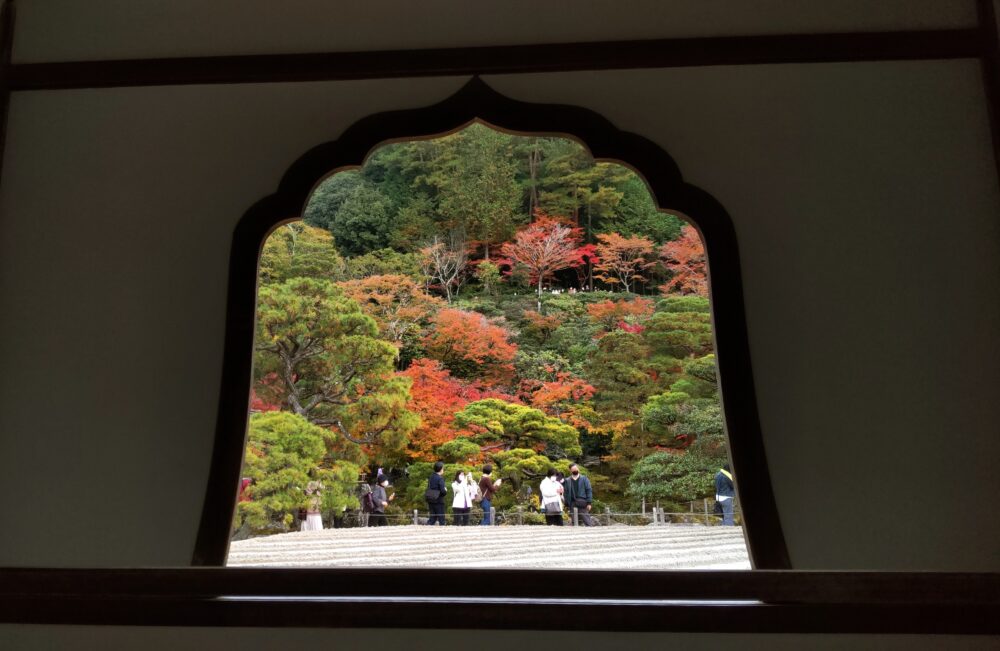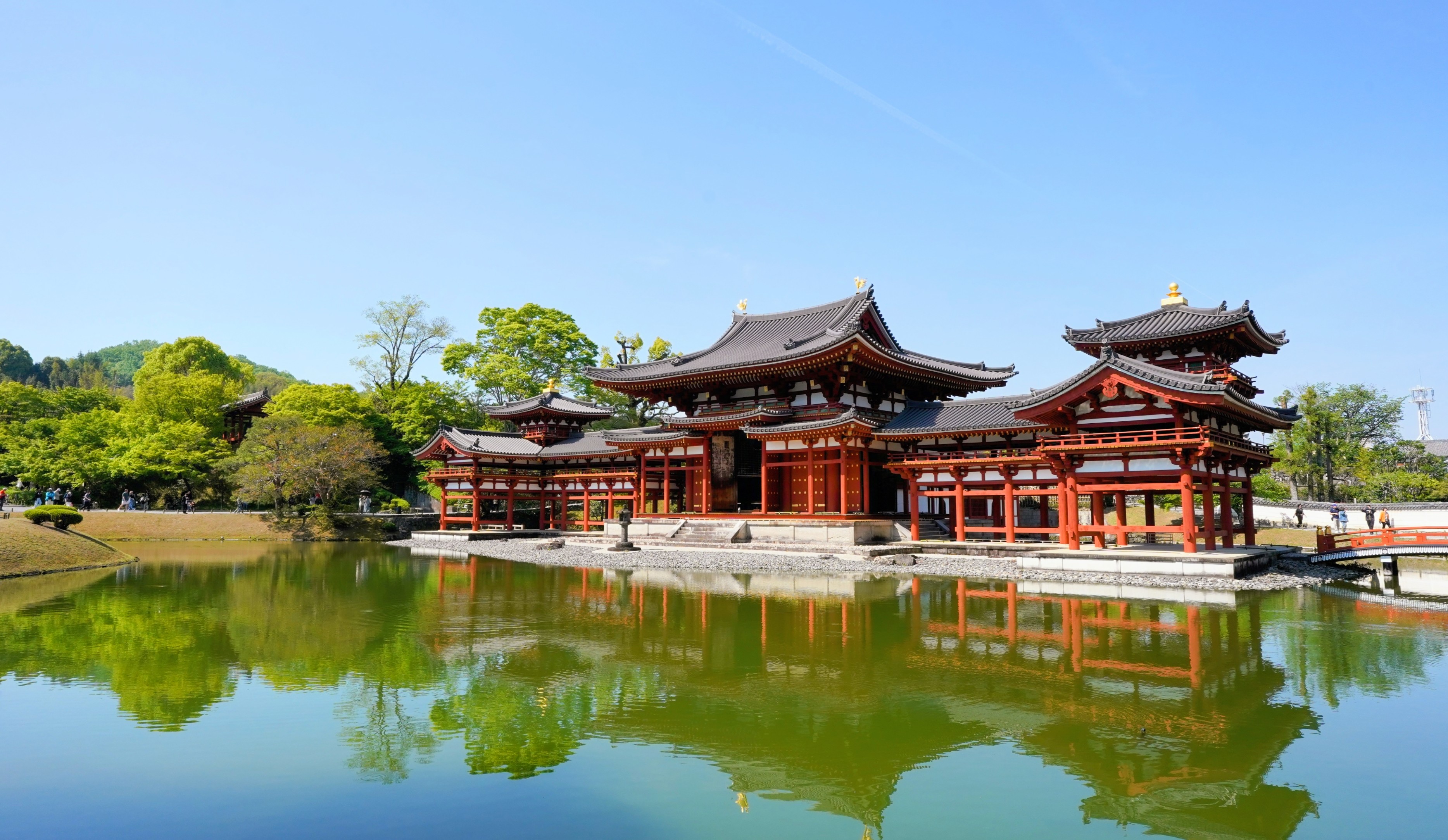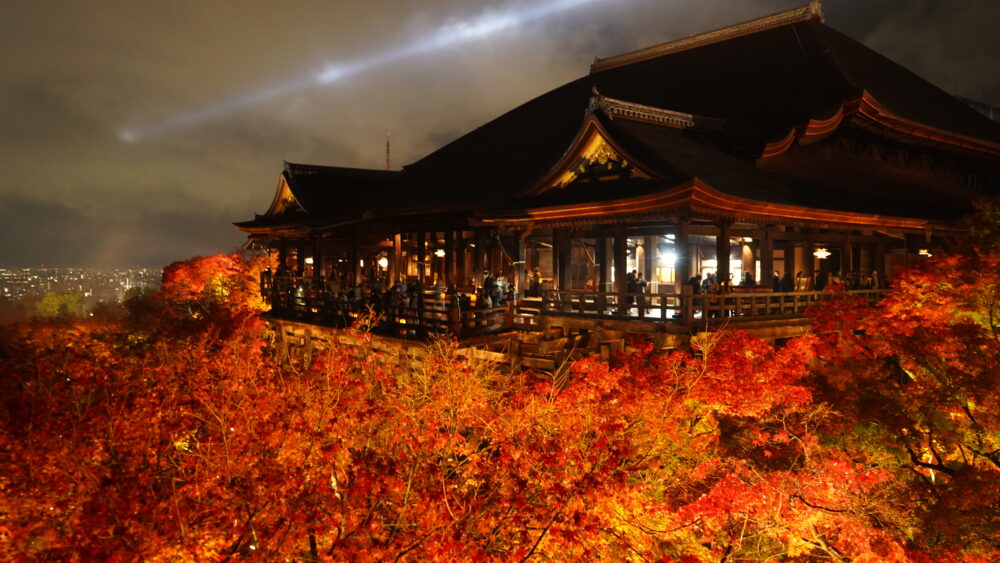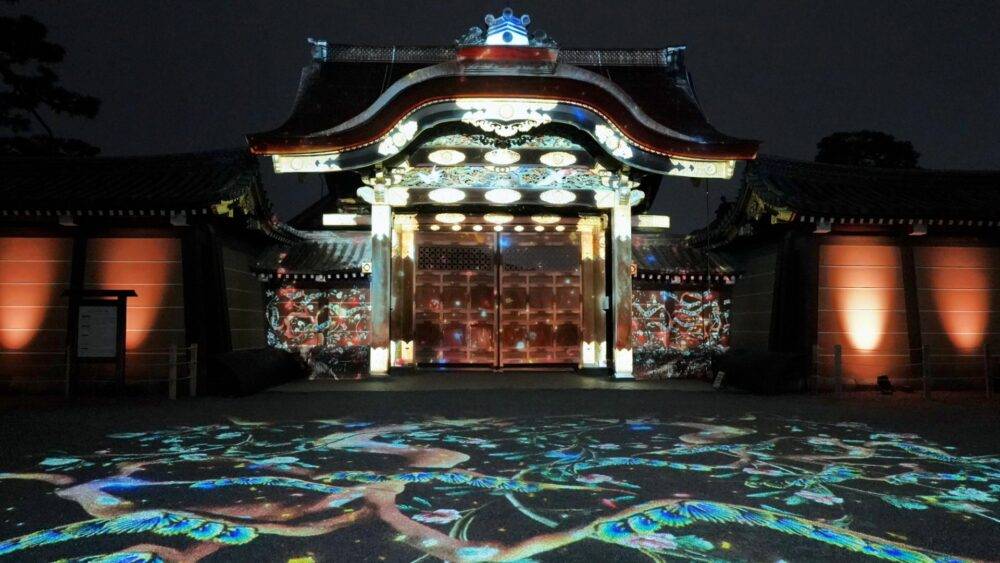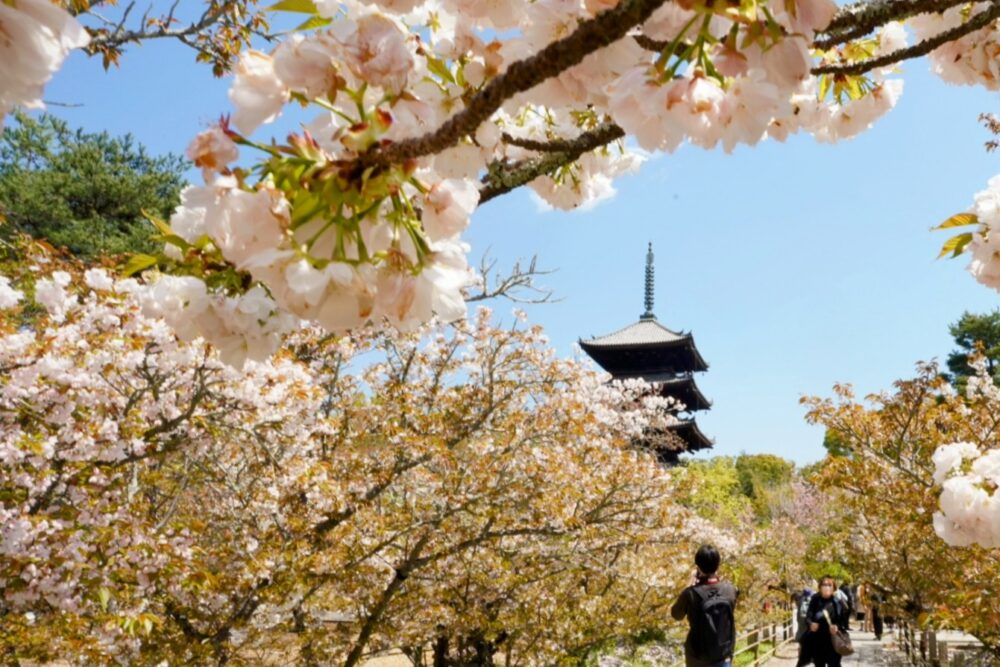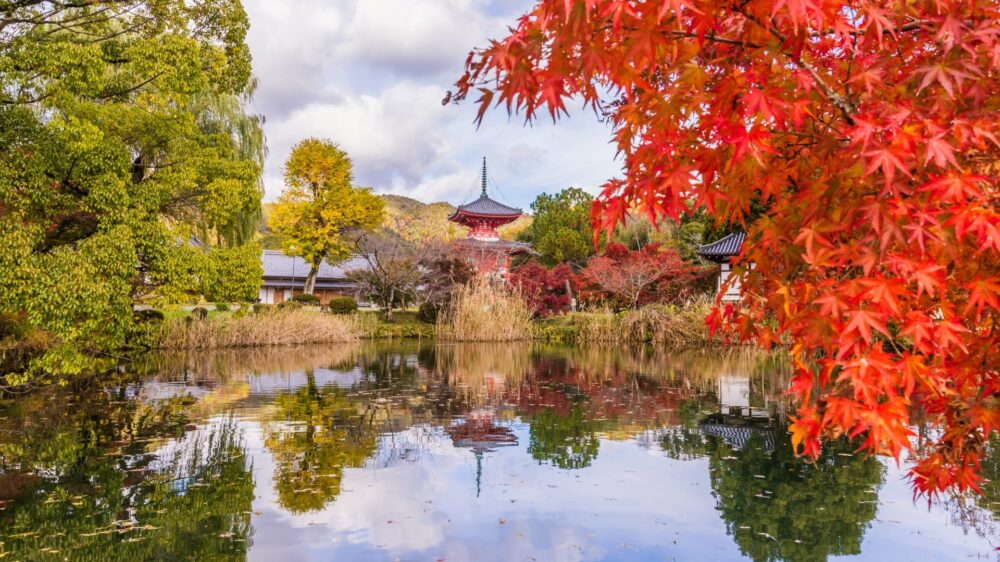Umenomiya Taisha Shrine: Where Sacred Traditions and Natural Serenity Converge
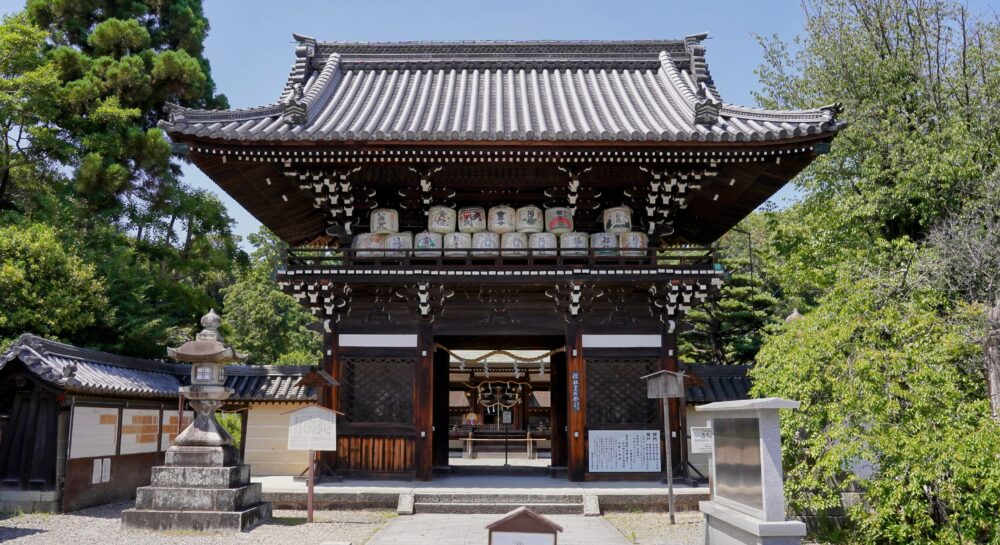
Umenomiya Taisha shrine is a hidden gem in the historic city of Kyoto, Japan.This historic shrine is surrounded by nature, offering a serene escape from the bustling city.Here are some information to help you better understand Umenomiya Taisha Shrine.
History
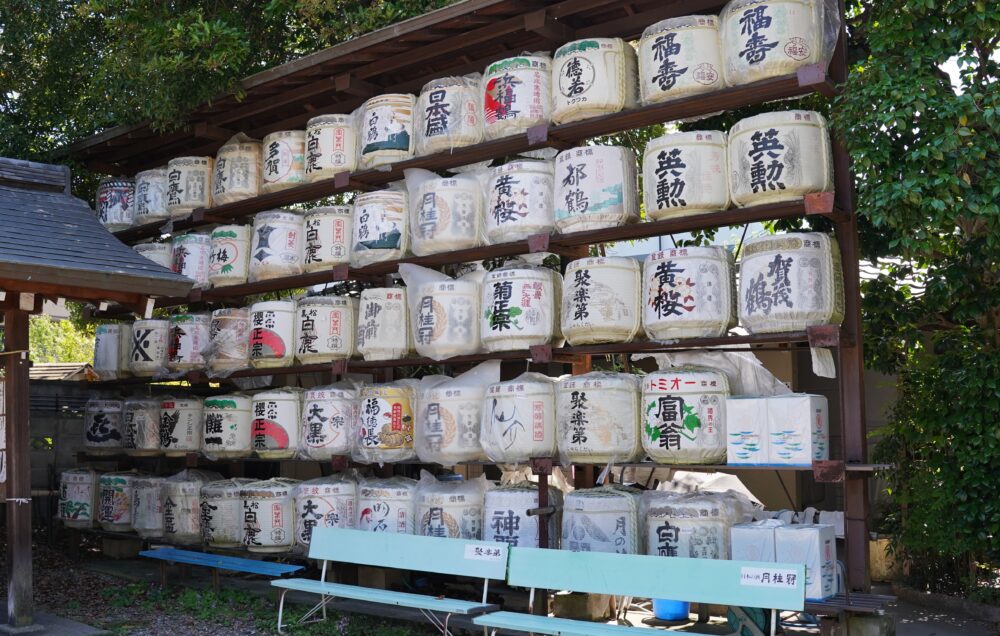
Umenomiya Taisha shrine is founded by Tachibanano michiyo in approximately 750 years as a place of worship dedicated to Tsaketokenokami and Saketokonnokami that are deities, associated with sake brewing.Thus, sake brewers and plays from across Japan visit this shrine to pray for successful and abundant sake production each year.
This shrine is not only revered as a deity of sake brewing but also as a deity of fertility and safe childbirth. During the Heian period, the empress Danrin visited Umenomiya Taisha to pray for a child Her prayers were answered and she gave birth. The association with successful childbirth led to the shrine being regarded as a place devotion for couples seeking to conceive or have deliveries.
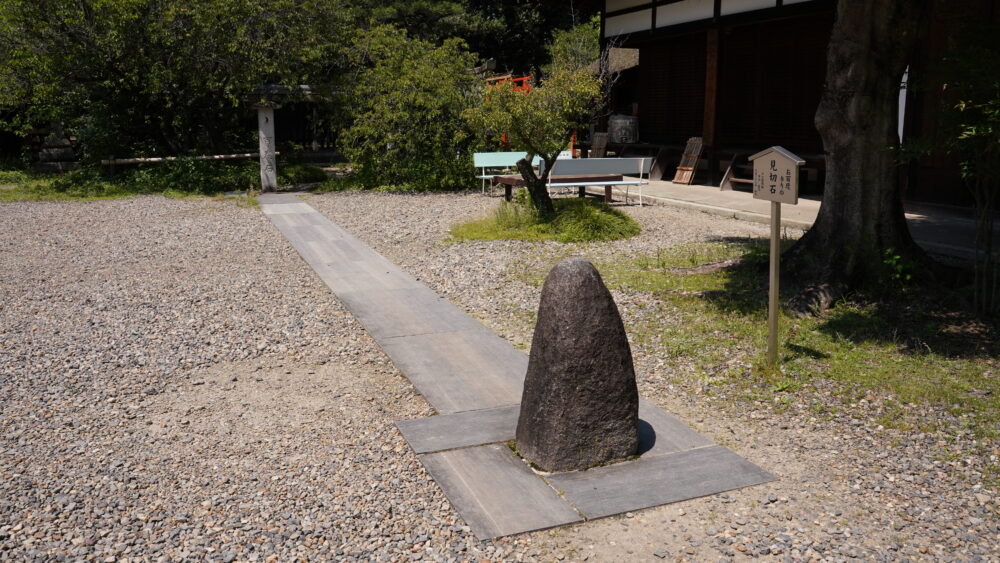
A stone marker placed within the grounds of shrine for shinto priest to make pilgrimages a hundred times.
Sin-en garden
Umenomiya Taisha shrine has “Sin-en” that a huge pond strolling garden are about 12,000yd²(10,000㎡) with a central pond as focal point. This garden is a peaceful and picturesque space that complements the sacred atmosphere of the shrine.
Visitors can enjoy walking through the garden paths adorned with a variety of seasonal flowers and plants. From plum blossoms in spring to vibrant foliage in autumn, each season brings its own charm to the garden.
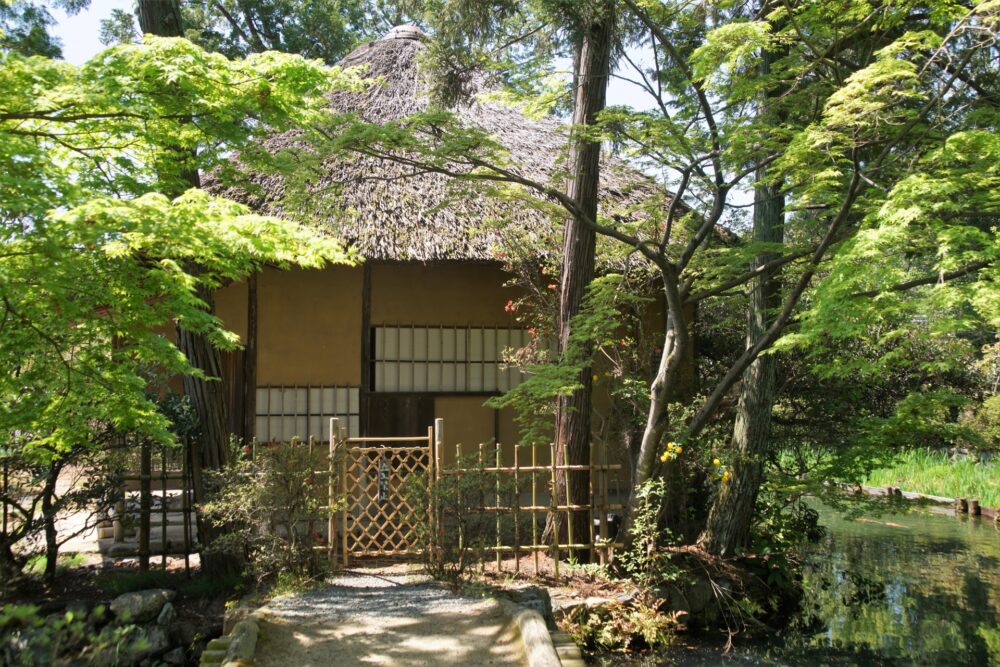
There is a tea house called “Chichu-tei”with roof tatched with reeds, located on an island at the center of the pond(usually not open to the public)
Seasonal flowers
Hydrangeas
The Sinen garden is known for a stunning hydrangea displays during the rainy season, typically from early to late June. This garden features approximately 60 varieties and 500 hydrangea bushes, creating a vibrant and colorful spectacle.Here is popular and unique hydrangeas you should know in the Sinen garden.
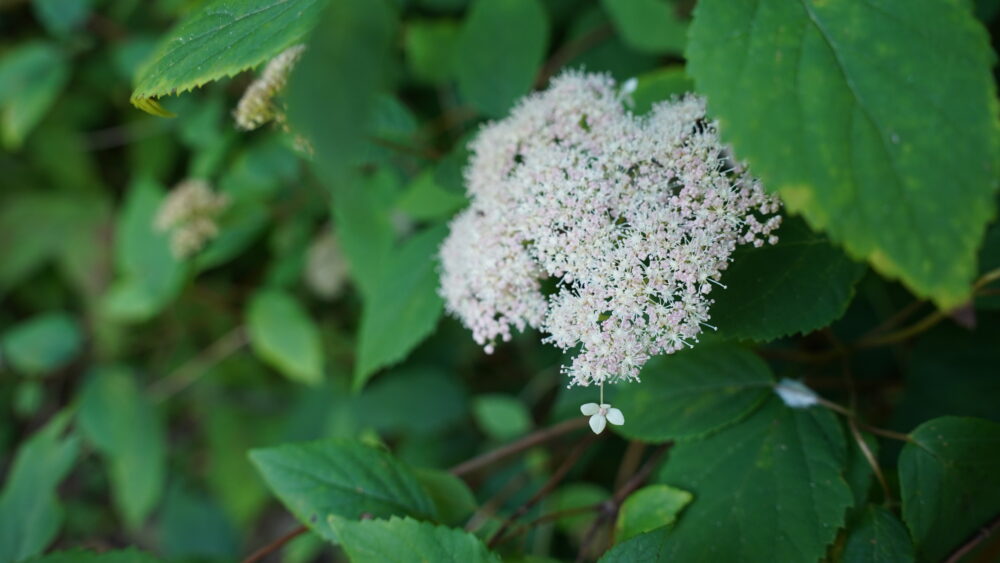
Hydrangea Hirta is distributed in the low mountains of Honshu(west of the Kanto region), as well as in Shikoku and Kyushu in Japan.Hydrangea Hirta is referred to as Koajisai, meaning small hydrangea due to its smaller flower size in comparison to conventional hydrangeas.
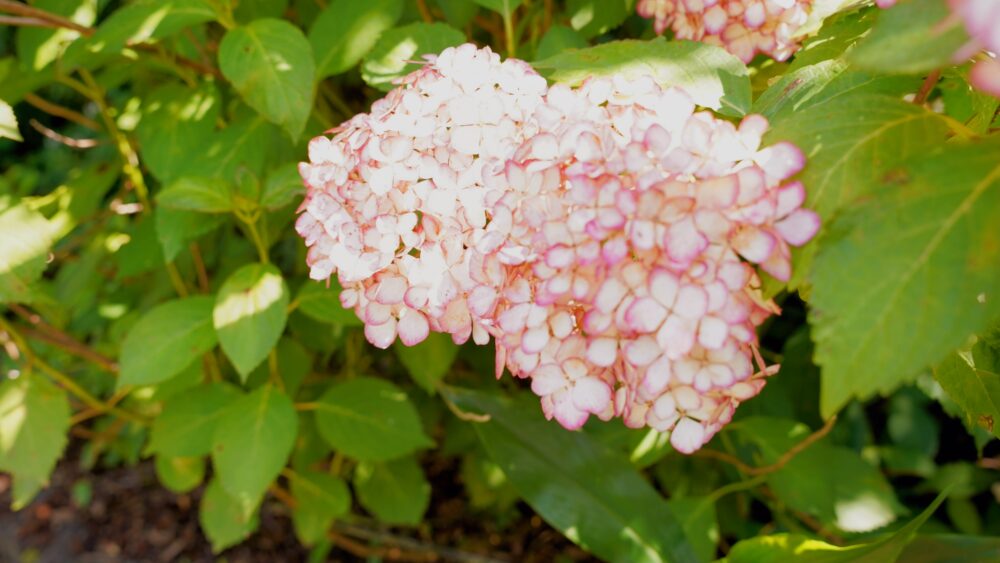
This hydrangea cultivar was selectively bred for the florist industry and to be grown within controlled environments such as hot houses. Hydrangea macrophylla sabrina exhibit a deep red flush when they are in early stages. This cultivar produces rounded clusters of white mop head flowers adorned with reddish pink margins.
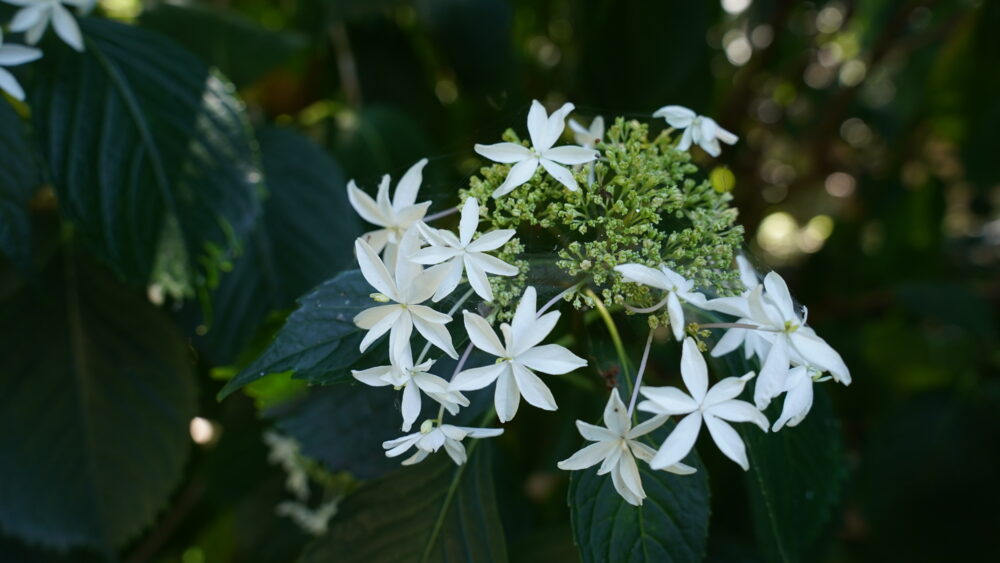
This type of hydrangea was discovered on Hachijojima, part of the the Izu Islands belonging to Tokyo. The unique-shaped, more than 8 fine petals, developed independently on the island. Hachihochidori hydrangea possesses a special characteristic of being evergreen and blooming throughout the four seasons. Additionally, it exhibits the unique trait of its decorative flowers shape changing with each season.
Information
Open hours
9:00-17:00
Admission
| Place | Fee |
| Umenomiya Taisha shrine area | Free |
| Shin-en garden | Adult : 600 yen High school students and younger : 400 yen The group rate (for 20 or more people): Adult : 500 yen High school students and younger : 300 yen |
Regular holiday
None
Official site(Japanese)
http://www.umenomiya.or.jp
Address
30 Umezu Fukenokawacho, Ukyo Ward, Kyoto, 615-0921
